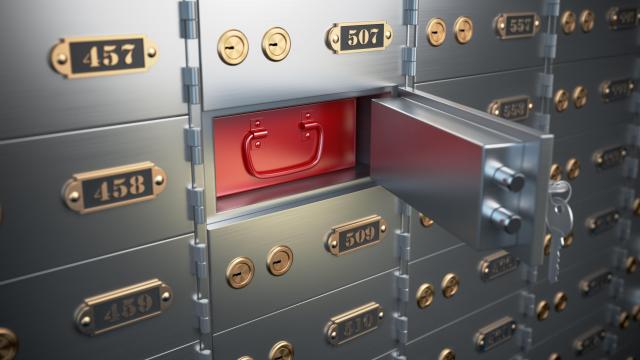It’s certainly uncommon for someone to go missing, but when it happens, it’s just as certain to be traumatic for their friends and family.
If you were to go missing, you’d probably want the people looking for you to have as much information about you as possible to aid in the search. This is when an “if I go missing” file or folder comes into play — and the information in it will be useful in more circumstances than the unlikely event of your kidnapping.
Why you need an “If I Go Missing” File?
An “if I go missing” file is a document that contains critical personal information that can be used to help locate you in case of an emergency — but it can be useful in other scenarios as well. The concept was popularised by the Crime Junkie podcast, hosted by two crime-obsessed women, Ashley Flowers and Brit. The weekly podcast describes the facts surrounding true crime stories and uses a traditional storytelling format to keep listeners engaged.
The hosts of Crime Junkie are strong advocates for helping yourself by helping others during a crisis. In other words, they suggest providing useful information to your loved ones to help them locate or identify you should the worst-case scenario happen.
But that’s not the only time it will be useful. Suppose your spouse passes away, and they were the one in the relationship who handled all of your finances. In that case, you’re going to need easy access to their usernames and passwords to get into their bank accounts. It will be a lot faster if you have that information at hand than having to go through the stress of providing death certificates to the bank to secure access. Providing this trove of data for your loved ones will make their lives a lot easier in the wake of your passing.
How to Create an “If I Go Missing” File
Due to the ever-changing cybersecurity landscape, it’s not suggested that you create a digital file with your sensitive personal information. The last thing you want is for someone to hack into your device and steal all of your juicy passwords and personal data.
Instead, create a physical folder and store in a safe place in your home, or in a safe-deposit box at the bank, where only a few trusted people will be able to access it. The tricky part is keeping your file up to date as you change your passwords and open new accounts — you’ll need to make it a practice to regularly revisit the folder, perhaps annually or every few years, to make sure everything in it still applies.
What to put in an “If I Go Missing” file
Though what you include might vary based on your personal circumstances, here are the essentials to consider:
- Recent photos of yourself, as well as copies of your driver’s licence, and your passport
- Vehicle information, such as licence plate, make and model, year and colour
- Health information, like blood type, medications, and health conditions
- Usernames and passwords to important accounts, including ways to access them using two-factor authentication (2FA) codes
- Physical data, such as your height, age, hair colour, eye colour and birth date
- Social media profile information
- Bank account details
- A breakdown of your daily schedule
- A list of places you visit frequently
- Names of family, friends, coworkers, and significant others and their contact information
- Handwriting samples and fingerprints
- Written permission for someone to use your file or folder to help find you in the event of an emergency
In essence, the more information you include about yourself, the more helpful it will be for anyone trying to help you during a crisis.

Leave a Reply
You must be logged in to post a comment.